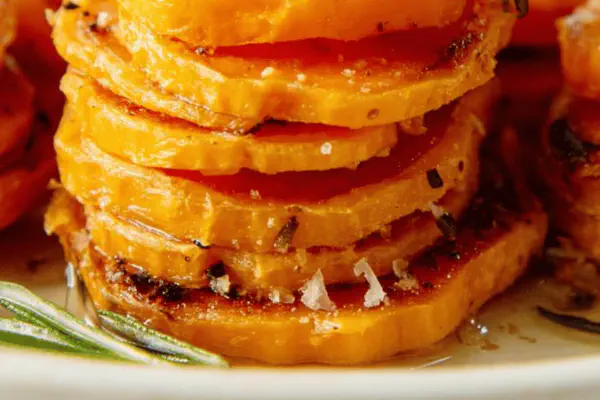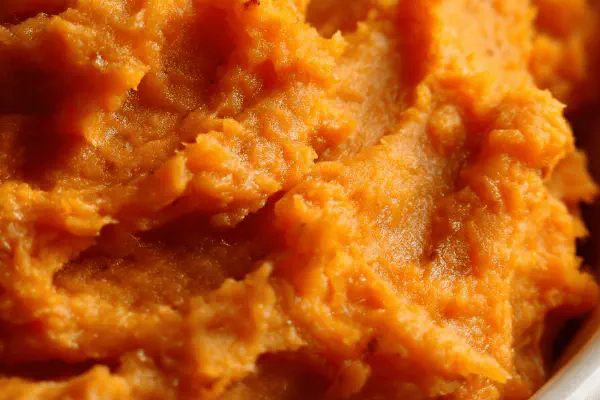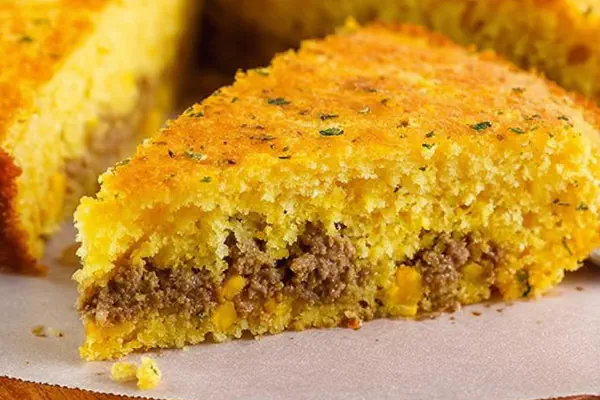Featured Recipe
Twisted Cornbread Classic

By Kate
"
Cornbread showing 25% less cornmeal, swapped out for millet flour and oat flour for texture and subtle earthiness. Brown sugar swapped with maple syrup for deeper sweetness. Baking powder replaced by baking soda + cream of tartar. Butter replaced with avocado oil; milk by unsweetened almond milk. Oven time varied slightly, tactile cues prioritized. Good for chili or a winter stew. Savory, golden crust with moist crumb. Impressive despite simplicity. Adaptable. Avoids common pitfalls like dry texture or flat rise.
"
Prep:
15 min
Cook:
35 min
Total:
50 min
Serves:
8 servings
cornbread
baking
comfort food
gluten-free
Introduction
Cornbread, not just a humble side. It’s a canvas, a test in nuance. Three types of flours here: fine cornmeal for that signature machined texture, millet flour gives a surprising nuttiness and firmness, oat flour softens crumb and adds chew without gluten issues. Maple syrup traded with sugar — brown or white; syrup keeps moisture deeper, less crystallized sweetness. Why avocado oil? Butter can burn or create dense patches. Oil disperses heat evenly, more forgiving in the pan. The baking soda plus cream of tartar combo is precise leavening balance, ensuring rise without metallic taste or bitter spots that straight powder can leave. You’ll hear the subtle crackle as it browns; edges crisp first, signaling the interior is steaming towards doneness. Don’t rush removal; toothpick test matters more than clock-tick. Perfect as a base to support spicy chili or hearty winter soups. Rest slices wrapped entire day, retain moisture better. A well-made cornbread shows kitchen patience more than fancy ingredients.
Ingredients
About the ingredients
Switching away from pure cornmeal to including millet and oat flours changes texture and allows subtle flavor complexity that can transform cornbread from flat sweetness to layered bite. Millet absorbs moisture differently, so reduce cornmeal proportion accordingly to avoid crumbliness. Maple syrup liquid content replaces some moisture; account for this in batter consistency, usually no need to add extra liquid. Baking soda needs acid source to activate properly, so if you use almond milk (low acid), cream of tartar acts as acid substitute to ensure lift and that carbonation bubbles trap air for lighter crumb. Avocado oil handles heat better than butter without flavor interference or burning—use melted butter only if you monitor temperatures closely. Salt balances sweetness, but also strengthens gluten slightly, so don’t skip. Eggs provide binding and structure, lightly beaten so air disperses but doesn’t overwork gluten.
Method
Technique Tips
Oven rack placement important. Middle position offers even heat circulation, avoiding burnt bottom or underdone center. Always grease pan thoroughly; cast iron retains heat but can stick if dry. Use spoon or spatula to fold in fats—too aggressive stirring collapses bubbles, ruins lightness. Don’t overmix; batter will be lumpy yet uniform. Falling back on sensory checks: cornbread edges turn golden first. Top cracks gently, like small fissures, a natural gas release sign. Toothpick test isn’t about completely dry — moist crumbs sticking on probe means tender crumb, not raw batter. Cooling slightly in pan allows steam to finish cooking; immediate unmolding risks tearing or shatter. Storing wrapped preserves moisture but prevents sogginess; reheating restores soft texture but avoid microwave for reheating—it toughens exterior.
Chef's Notes
- 💡 Oven set around 175°C. Essential. Use the middle rack, even heat helps rise. Grease cast iron properly. Skipping this? Result? Sticking.
- 💡 Watch for how batter settles in the pan. Slight gurgle sounds mean it’s filling out well. Avoid aggressive spreading; uneven surfaces lead to crisp edges.
- 💡 Don’t stress if you see lumps in the batter. It’s normal; overmixing can cause dense cornbread. We want tender, airy crumb that holds moisture.
- 💡 Check for doneness with visual signs first. Golden edges, slight cracking on top. Underbaked means gummy. Toothpick checks should have moist crumbs, not wet batter.
- 💡 Let cornbread cool before slicing. This helps it firm up, avoid tearing when unmolding—a messy serving ruins the presentation.
Kitchen Wisdom
Can I use different flour types?
Yes, switch to whole wheat flour for a nuttier flavor. Ensure ratios stay balanced. Too much can lead to heaviness.
What if it’s too dry?
Add a bit more milk. Can try increasing syrup too for moisture. Check batter before baking. Adjust consistency.
How to store leftovers?
Wrap tightly, keeps moisture in. Best in fridge. Can freeze but remember, texture may change slightly when thawed.
Need tips for adding spices or extras?
Fold in fresh herbs or jalapeños for zing. Cut back slightly on flour if adding wet ingredients.



